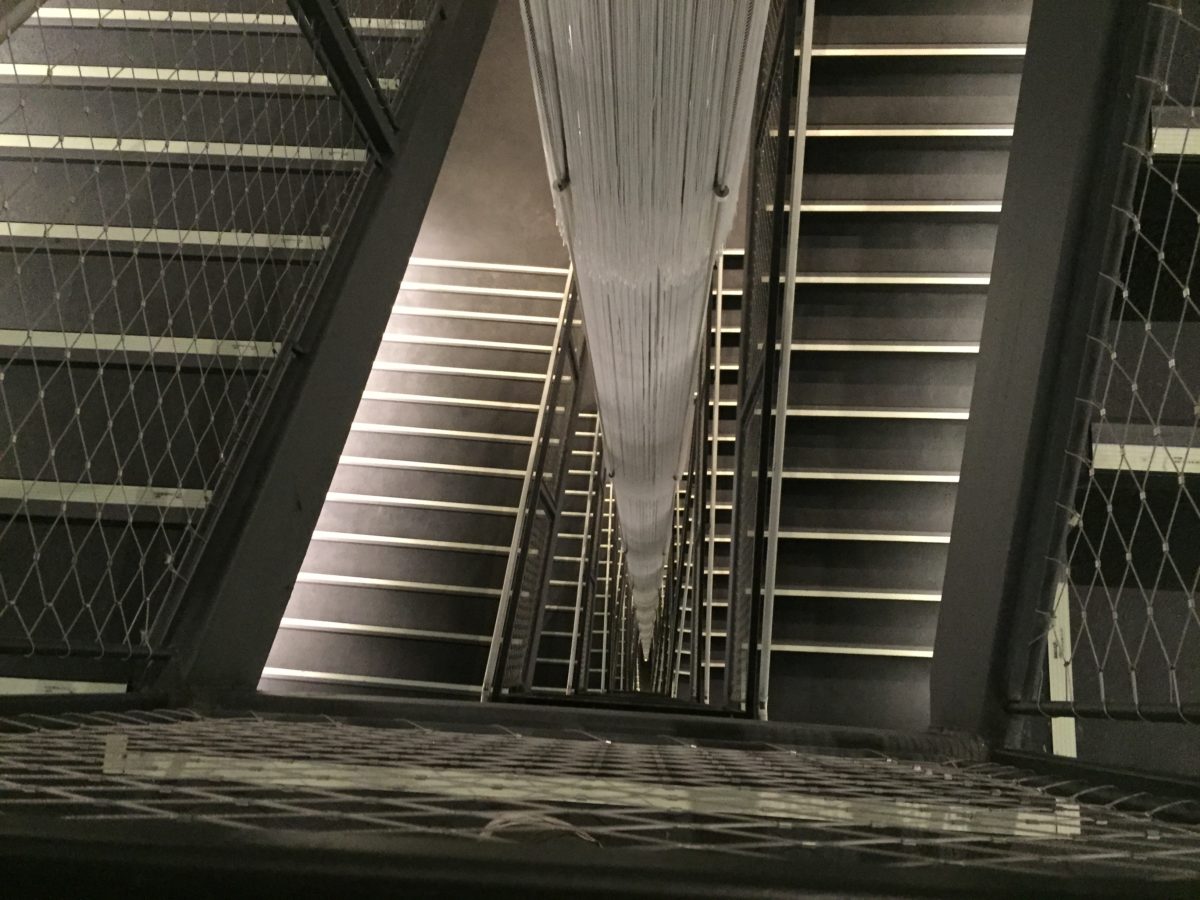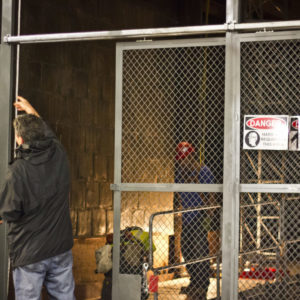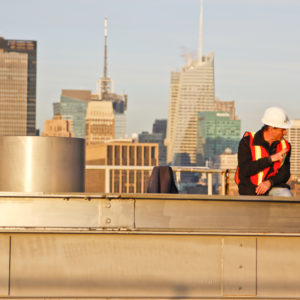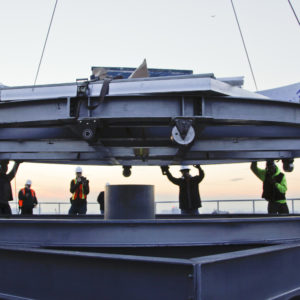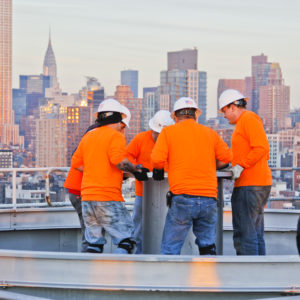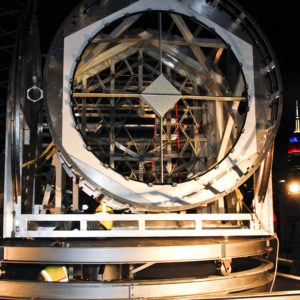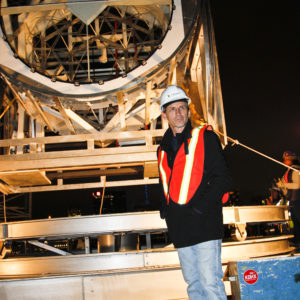Here at Talisen Construction, we’re fortunate to work on a myriad of projects. From healthcare projects for the likes of Northwell Health and Mount Sinai to builds at major universities and charter schools like Pratt Institute and Manhattan Children’s Center, Talisen prides itself on the complex projects that make NYC a better place to learn, live, and work. So, when tech giant Google approached Talisen Construction with a request to build a 300-ton, 16-story custom-designed steel staircase within the confines of an old truck freight elevator shaft in just 18 months, Talisen gladly accepted the challenge. Our talented team of construction professionals was up to the task, demonstrating just how agile and innovative a NY-metro construction team can be. In this blog post, we’ll take a deep dive into the challenges that presented themselves throughout the duration of the Google Staircase J build and explain how our team and all the trades involved came together to make the project a success. Let’s take a look!
The Challenge: Logistics x Schedule x Cost
The greatest challenge of this project for Google lay in its logistics. Building a 16-story staircase would mean the long list of trade professionals needed to complete the project would have to wait until the steel contractors completed their work on the staircase’s structural component. Of course, they could work from the ground up as soon as the steelworkers reached the eighth floor (aka the halfway point) while the steelworkers built out floors eight through 16, but still, such a contingency would slow the completion of the project. We’d also have to worry about what would happen if the steelworkers ran into any issues during their build– which could mean a long list of tradespeople (think: electricians, carpenters, masons, etc.) all queued up with nowhere to go until we resolved the potential structural issues. All these factors could significantly impact the project’s schedule and costs; how could we ensure such problems and delays didn’t occur?
Furthermore, the project also called for the transportation of a “light cannon” to the roof of the building – a one of a kind feature. This light-absorbing telescopic structure would project harnessed sunlight into fiber-optic cables running down the shaft of the staircase to light the stairwell. The responsibility of getting such a hi-tech piece of equipment was enormous; we needed to find a way to get the light cannon to Google’s rooftop unscathed.
Talisen’s Solution: Innovation x Collaboration
Fortunately for Talisen, our project managers are also our estimators. That means delving deep into the project, dividing it up with a trade/scope quantitative takeoff, and mentally developing the job with the awareness of all the subtleties that are crucial to its success. This process allowed our team to arrive at a one-of-a-kind solution that addressed the matters in question. Such a solution required two of our teams’ most outstanding strong points: innovation and collaboration.
Innovation
While going over the challenges of the staircase with the project’s architect, HLW, we suggested an unconventional approach– one we had never attempted before. We would build the staircase from the top down with the help of two mast-climbing scaffolds on either side of the existing elevator shaft.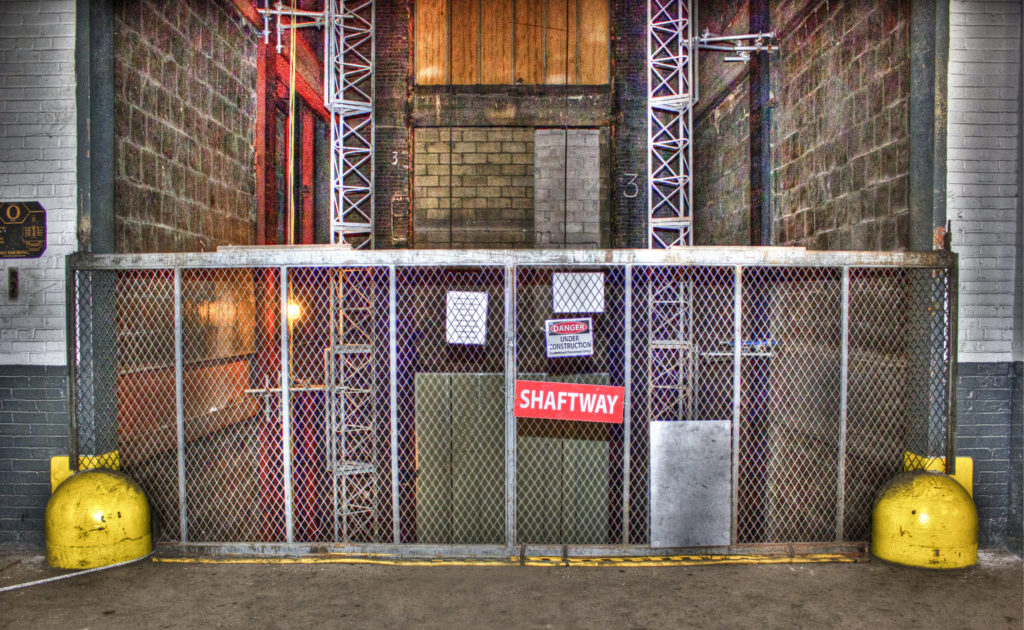
The benefits of building top-down were enormous. For starters, building from the ground up would be entirely too limiting, as it would have meant all trade professionals besides the steelworkers for the project would: a.) have to wait for the steel contractors to complete their structural work on all 16 floors before accessing the shaft and b.) constantly be in each other’s way, essentially climbing over one other while ascending and descending the steel staircase– with tools in tow. However, by having the steelworkers build from the top down via one mast-climbing scaffold while the other tradespeople used the second scaffold to access their respective work areas, we could sail through the project and cut time and costs from the build as a result. Fortunately, a client such as Google – the king of disruptive technology – was open to our “disruptive” approach and awarded Talisen the project.
Collaboration
Many people took notice of our unconventional approach, from the design team to the engineering team to the client. Everyone participated in the conversation because they saw a chance to try something new. We held weekly meetings throughout the process with Babylon Iron, Action Store Fronts, Pacific Drywall, and Reval Construction to discuss our plan of action, review the development, and prepare for any problems that might arise well in advance.
By the project’s end, everything turned out just as planned:
- Talisen met the deadline.
- The budget was on point.
- The staircase looked great.
- The client was delighted.
Working together is essential when creating something so contemporary. Everyone came together in a way that sped up the process, cut expenses, and made the most of each team’s strengths. Communicating openly and honestly was crucial for successful collaboration, which is a method that has proven successful time and time again for both our company and our clients.
Regarding getting Google’s light cannon to the top of the $1.9 million building, we opted to shut down 16th Street between 7th and 8th avenues on a Saturday and bring in a crane and rigging company to lift the cannon and its support structures to the roof. Once the light cannon reached its destination, a team of specialists assembled the hi-tech piece of equipment right there on the rooftop.
The Outcome: A Successful Infrastructure Build for Google
All-in-all, this infrastructure build for Google was an entirely smooth and successful project. Talisen was able to complete the ultramodern staircase in just seven months – that’s more than a 50% reduction in schedule and nearly an entire year sooner than was initially projected by Google – cutting costs significantly. This project was a quintessential build for Talisen Construction, challenging our team to reach for and exceed new heights.
Today, you can visit the Google building at 111 8th Avenue in Chelsea. Be sure to check out the 16-story staircase while you’re there!
